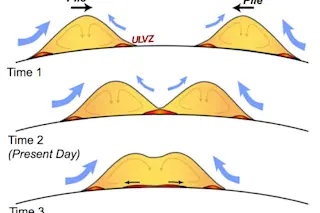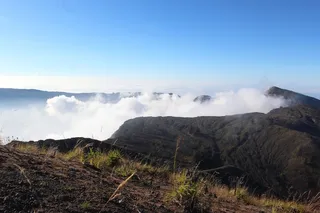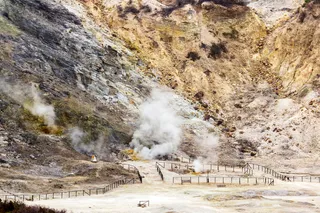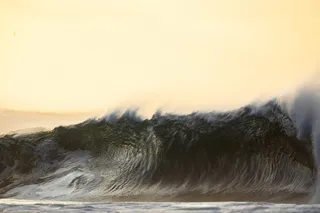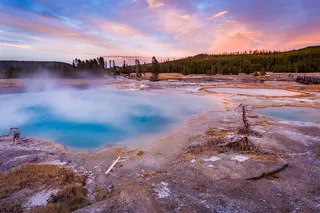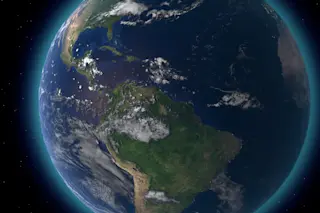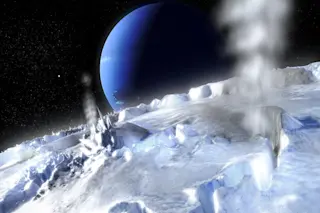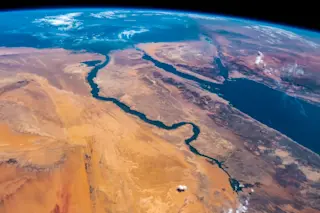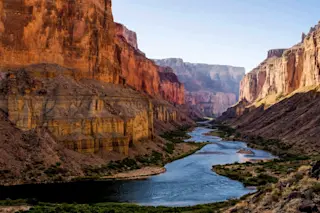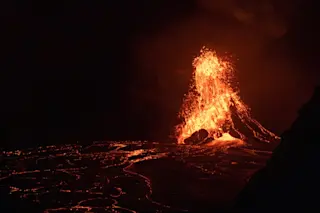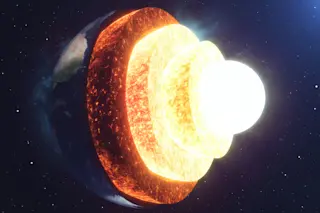Figure 7b from Thorne and others (2013). This is the conceptual model from their study, showing two mantle piles moving towards each other and combining, eventually creating a new hotspot plume. Present day is marked in Time 2, when the two piles are just beginning to interact. Time 3 represents when a new plume would be initiated. Image: Thorne and others (2013), Earth and Planetary Science Letters. I read a lot of science media. Probably too much and I spend a lot of time and words trying to educate people on where the media goes astray when covering either volcanic events or geologic research ... but sometimes it feels like a losing battle. There is only so much time in the day to deal with every piece of slipshod science journalism I run across. Thankfully, some science media is great, many times coming from journalists and bloggers who deeply care ...
Beware the Journalistic Supervolcano
Is a massive new volcano really forming in the Pacific? Discover the truth behind sensational science media reporting.
More on Discover
Stay Curious
SubscribeTo The Magazine
Save up to 40% off the cover price when you subscribe to Discover magazine.
Subscribe

